They are beautiful and surprisingly diverse, sturgeon shrimp from the six Dutch islands of the Caribbean. Some have long legs and antennae, others are stocky, with powerful pincers. They are translucent and veined with fine white structures, and have camouflage colors, striking red stripes, or purple dots. They all live with, on, or even in other animals.
New report About Dutch Caribbean Sturgeon Shrimp Highlights of this wonderful variety are as follows mentioned Dutch Caribbean Nature Alliance this week. The report describes 46 species of sturgeon shrimp, 24 of which are new to the world Dutch Caribbean (The autonomous islands of Aruba, Curacao and Sint Maarten, as well as the territories of Bonaire, Sint Eustatius and Saba). There is one species that is new to science. As many as sixty relationships between shrimp and host have not been described before.
“These shrimp play a very important role in coral reefs in the Caribbean,” says Charles Fransen, a shrimp researcher at the Naturalis Center for Biodiversity and author of the report. “They are by far the largest group of shrimp on the reef, and almost all of them live in close association with other animals.”
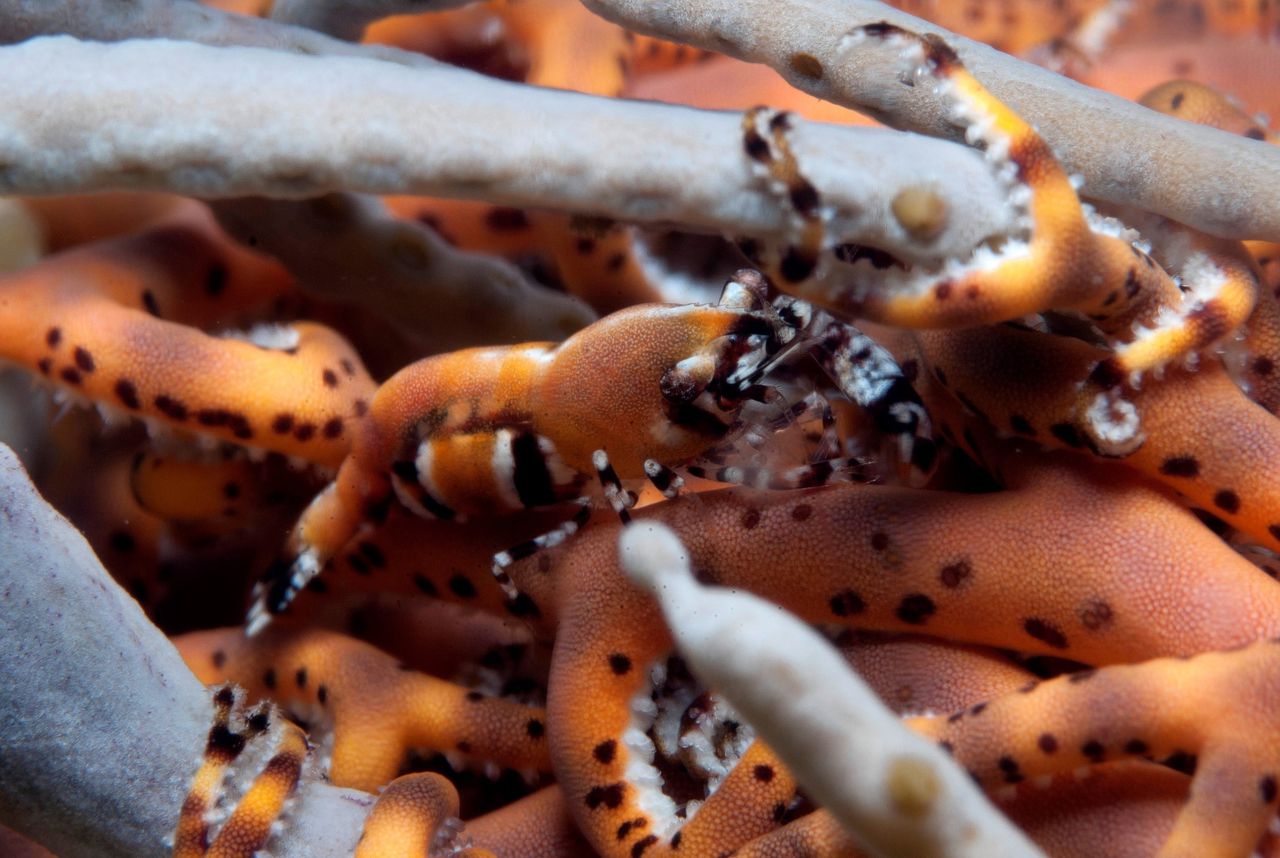
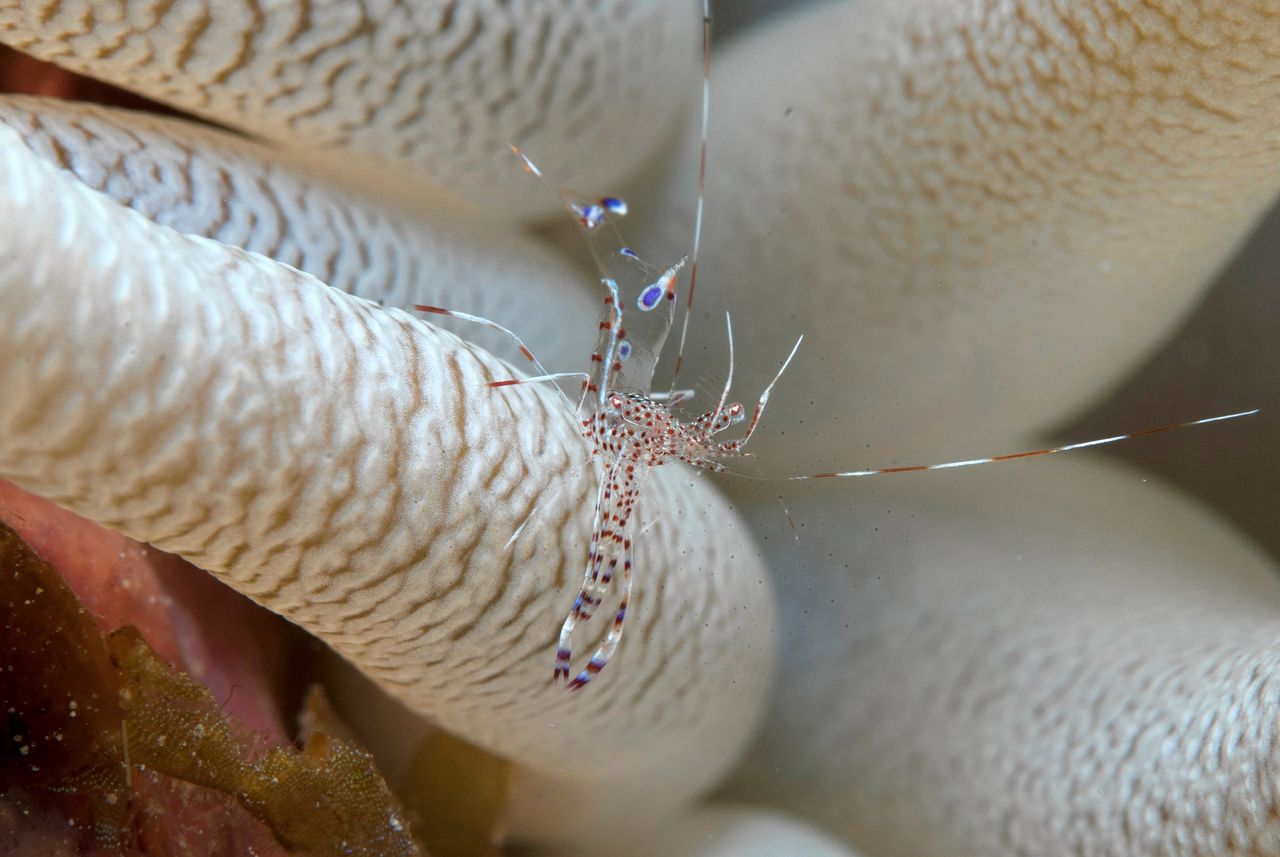
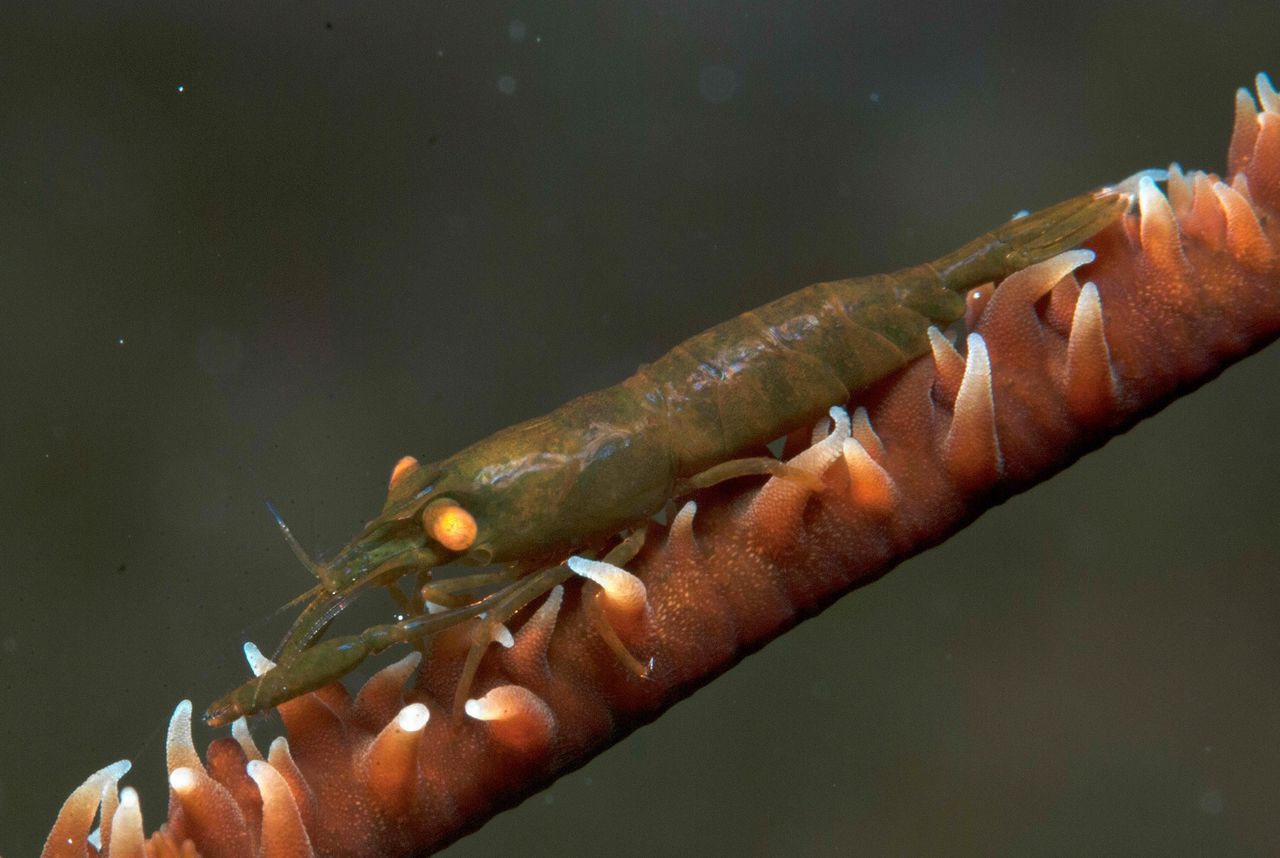
Photos by Charles Fransen
For example, many fish clean shrimp. They eat small parasites that fish carry on their skin or in their mouths or gills. “Shrimps sometimes do crazy dances to attract fish,” Fransen says. “They also live among the tentacles of poisonous sea anemones. They are not sensitive to this themselves, but they are protected from predators. And the fish know: I can clean up at these anemones.”
Some sturgeon shrimp prefer to live in anemones, but they sometimes invade other species. And then, for example, they ride in marine nudibranchs for a while or hide in live coral.
Other sturgeon shrimp live in sponges or in the cavities of sea squirts: strange sea creatures that look a bit like anemones, but whose free-swimming larvae have a primitive backbone. New sturgeon shrimp also live in sea squirts. “It's a type of marine puffer colony, and it has a common cavity in the middle of the colony,” Fransen says. “The shrimp live in that.”
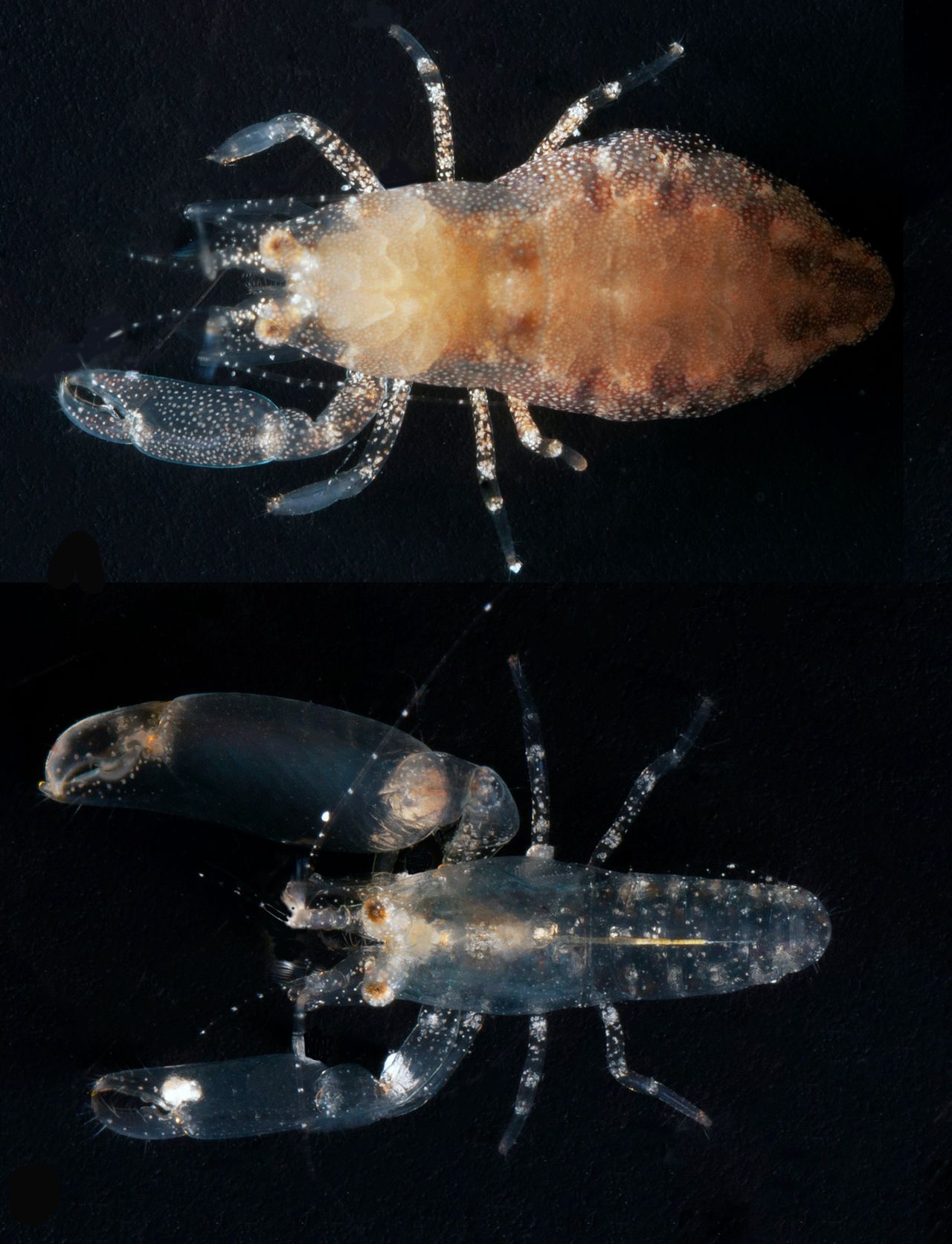
The sea squirt colony releases its waste through this cavity ('cloaca': the Latin word for sewer). “So an American newspaper gave this shrimp a name Sewage-dwelling shrimp The name of the thing“But we left it with a Latin name: Periclemenaeus cloaca“.
This species has distinctive pincers on its forelimbs, like many other sturgeon shrimp. Fransen suspects they are not using them to grab food, but rather to ward off attackers or competitors. “They might as well make noise with it,” he says. “These pincers are very similar to those of the pistol shrimp.” The pistol shrimp can close its tentacles so quickly that the low pressure creates a gas bubble that instantly explodes with enough force to kill small prey.
Paradise for divers
“It's a divers' paradise,” Fransen says of the Dutch Caribbean. “There's so much to see underwater there. All these beautiful corals and colorful fish and anemones. And when you get up close, you see all these forms of society.”
The search continued in Leiden, in Naturales. There were already many sturgeon shrimp in ancient collections. “We have a long research tradition in this area,” Fransen says. “We were able to build on that. For the first time, we now have a complete inventory of sturgeon shrimp in this area. And we did genetic research. As a result, we discovered that, among other things P. clucula “It's really a new species.”
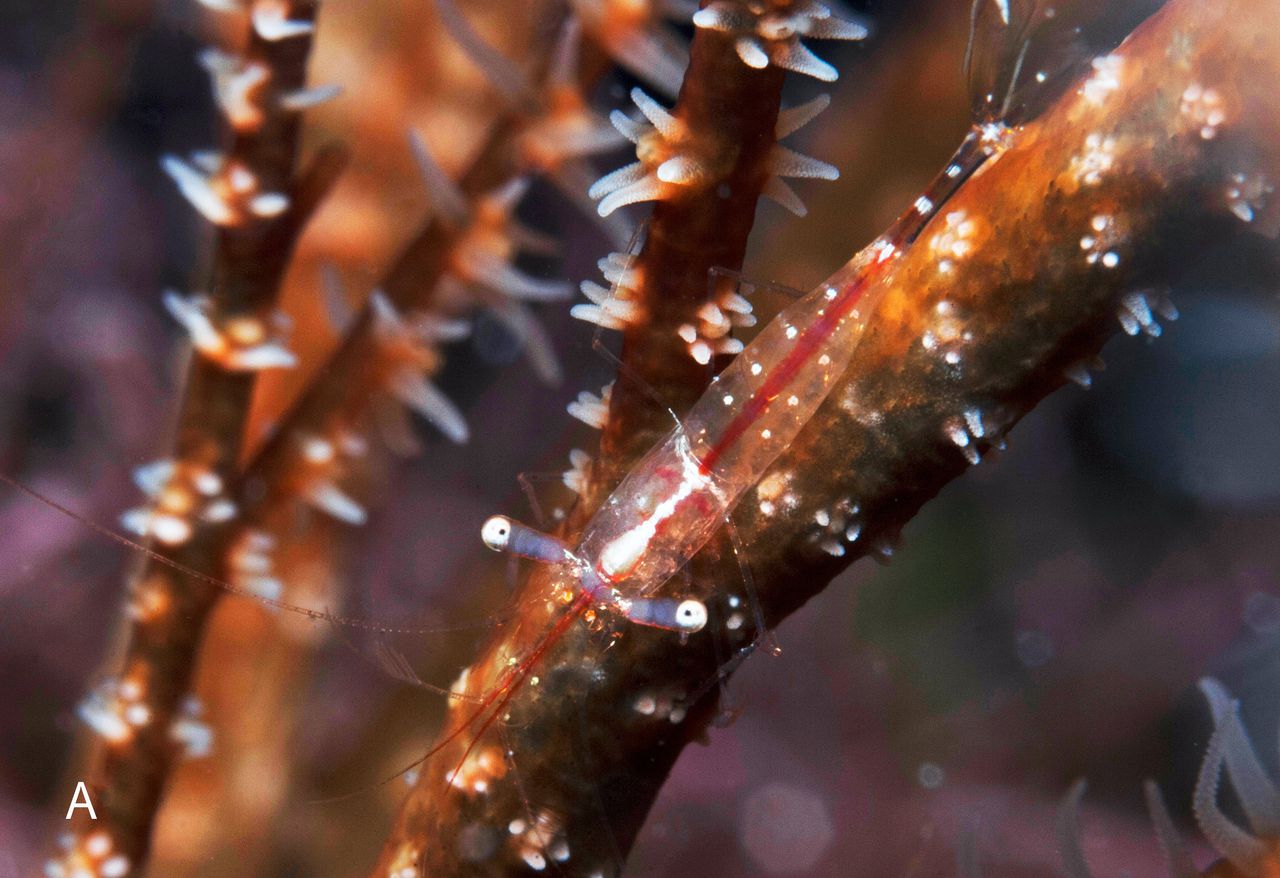
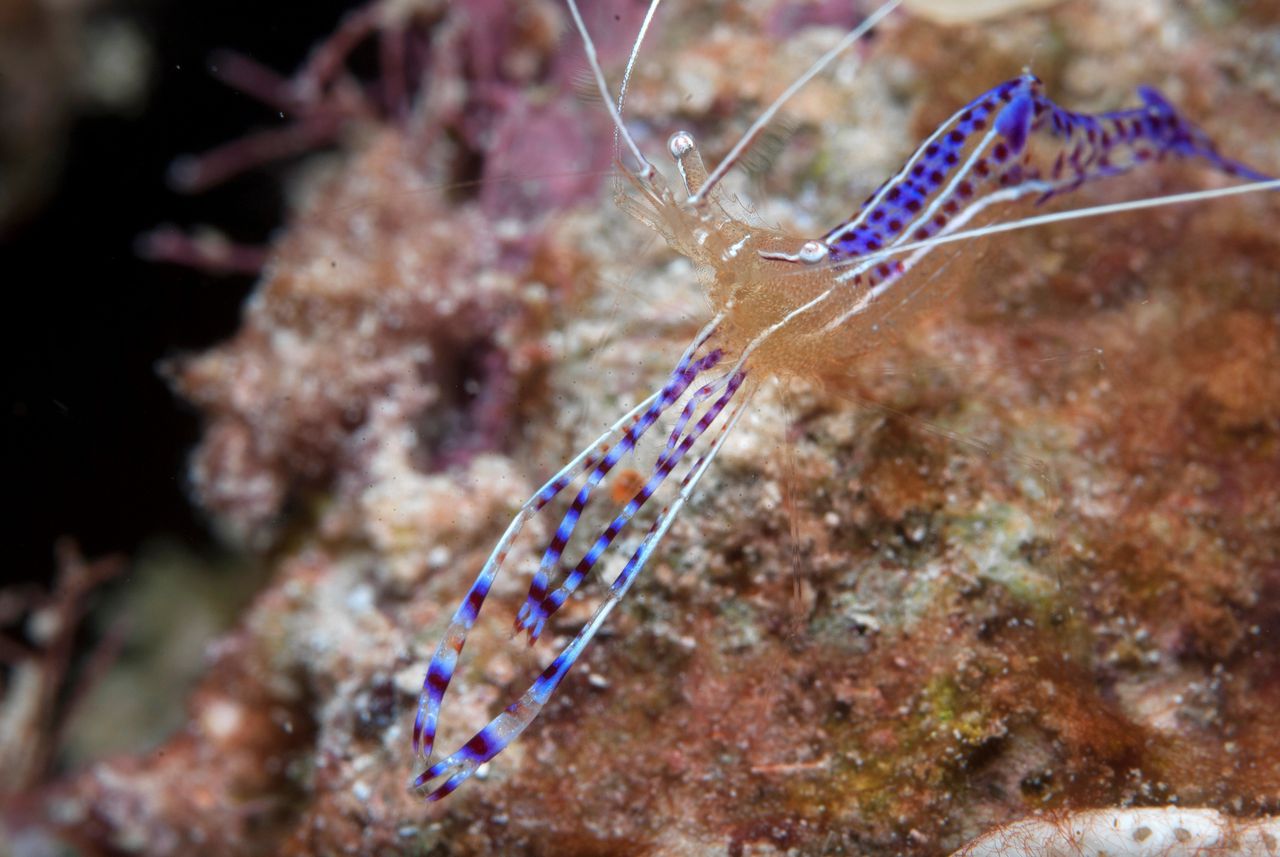
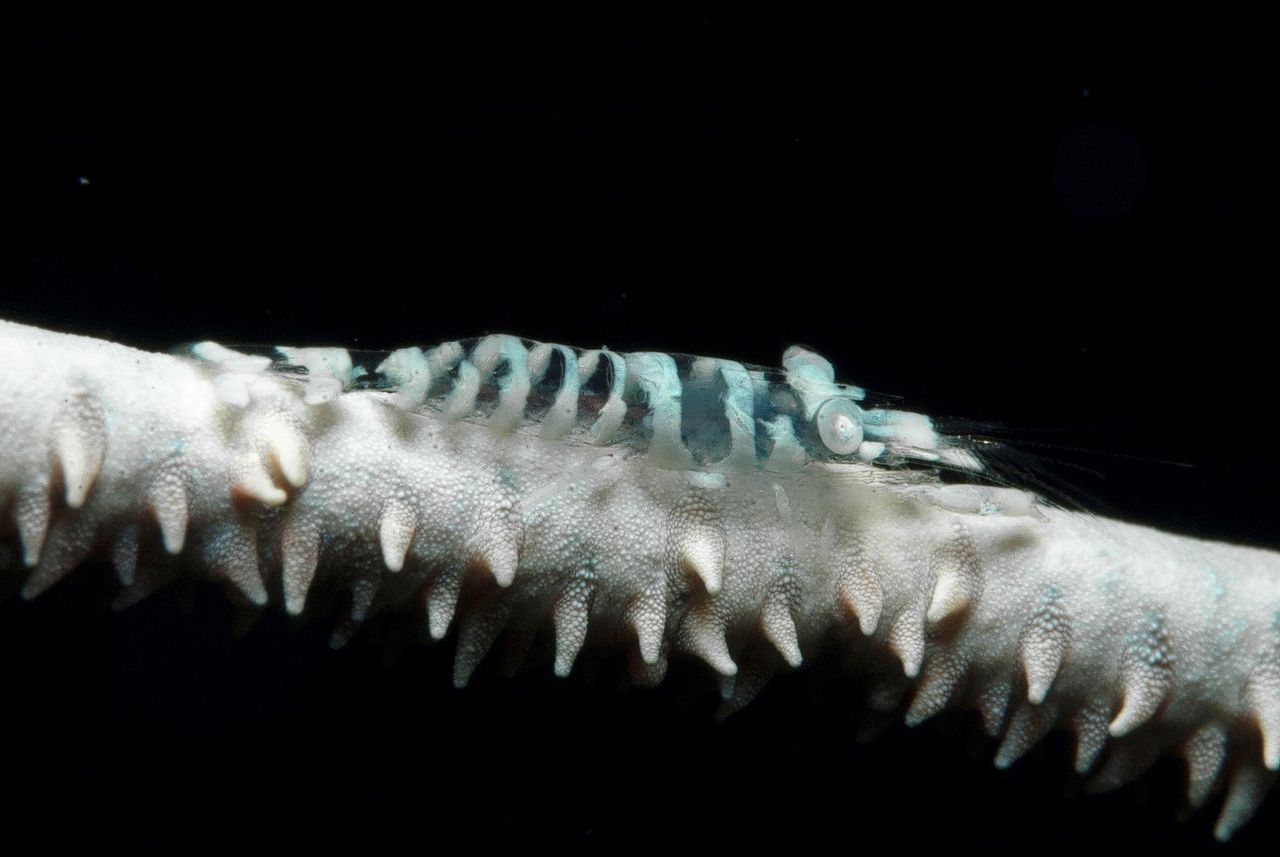
Photos by Charles Fransen
The main message, Fransen says, is that the Dutch Caribbean is home to amazing biodiversity – and that we only know a small part of it. “Every time you look, you discover something new,” Francine says. “Not just new species, but also new mutualisms. This shows how complex the environment is out there.”
At the same time, he confirms that the ecosystem is very weak. They are under pressure from overfishing, rising water temperatures and pollution, causing coral to die and species to disappear. Francine: “In such an ecosystem, all the links are important. Experiments were done in which people removed all the sturgeon shrimp from the reef. Then the fish were not in good condition for a long time.

“Coffee buff. Twitter fanatic. Tv practitioner. Social media advocate. Pop culture ninja.”






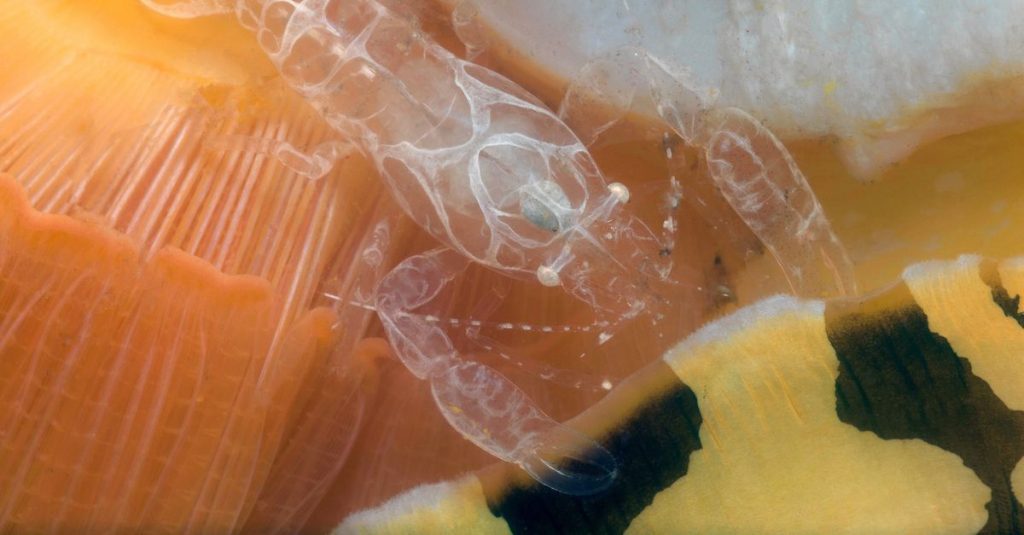




More Stories
“Ask at least one question in return.”
According to research, people with this sleep rhythm live longer.
13 municipalities in the province of Seville have mosquitoes carrying the Nile virus